There are several answers on the internet and here on how to calculate the output impedance of the opamp with a given feedback.
My intention, though, is to find this value with an open loop configuration because is considered before feedback connection of the output. Like here, the output resistance saw before the Cgs:

Someone says that is written on the datasheet, but also could not. In this latter case we should need the internal circuitry to estimate it. Is that true? If so, how can I find this value from, for example, an LM324? That impedance seems to be not present inside the datasheet.
EDIT: But I may be wrong, in that circuit I need to model the output of the op amp as a voltage generator+output resistance. I was thinking to open loop only because the oputput of the system in which the feedback takes the signal is not the output of the opamp. But if I'm wrong, I can find the output resistance with the normal closed loop way. Would still be right even if the feedback of my circuit is a drop due to a current and not the output voltage directly from the opamp? I think the answer would be 'yes' because the output is still dependent on the output of the opamp, of course.
